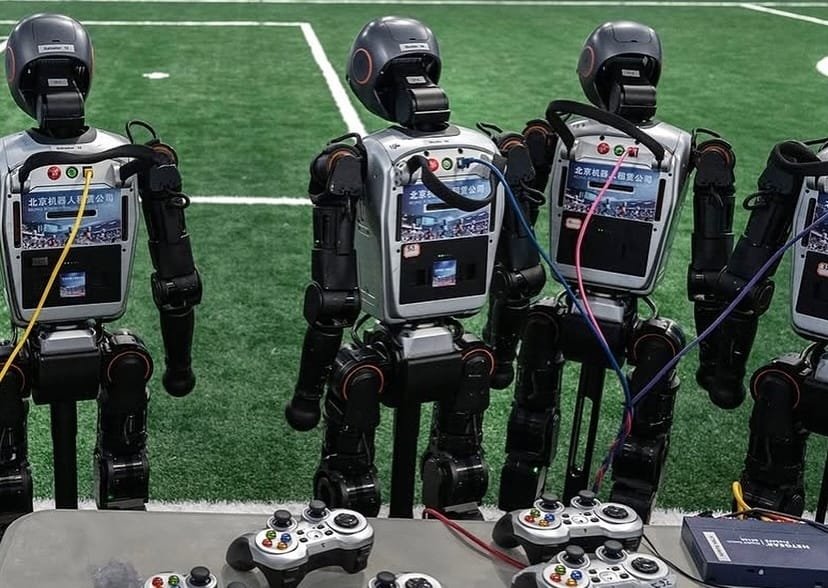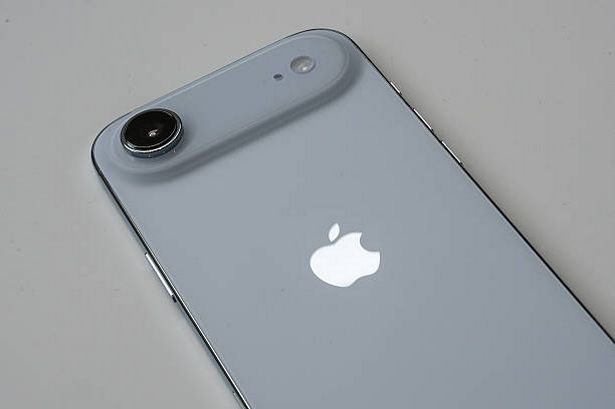
When Apple sets out to redefine the smartphone, the world listens. At its latest event, the tech giant officially introduced the iPhone Air—a device that isn’t just an incremental update but a bold statement on where Apple sees the future of mobile technology heading.
At just 5.3mm thin, wrapped in a titanium frame, and powered by the next-gen A19 Pro chip, the iPhone Air pushes the boundaries of design, performance, and connectivity. With pre-orders opening September 12 and general availability on September 19, Apple is positioning this as more than just another iPhone—it’s a new category within its ecosystem.
A New Era of Thinness: 5.3mm Titanium Frame
The headline feature is its design. At 5.3mm, the iPhone Air becomes the thinnest iPhone ever released, slimmer even than the legendary iPhone 6. But this isn’t just about looks—Apple has engineered a titanium frame that keeps the device ultra-durable while maintaining that feather-light feel.
For years, consumers asked if smartphones could get thinner without sacrificing battery life or strength. With the iPhone Air, Apple seems to have cracked the code. The titanium finish also lends it a premium aesthetic, making this one of the most stylish devices in Apple’s lineup.
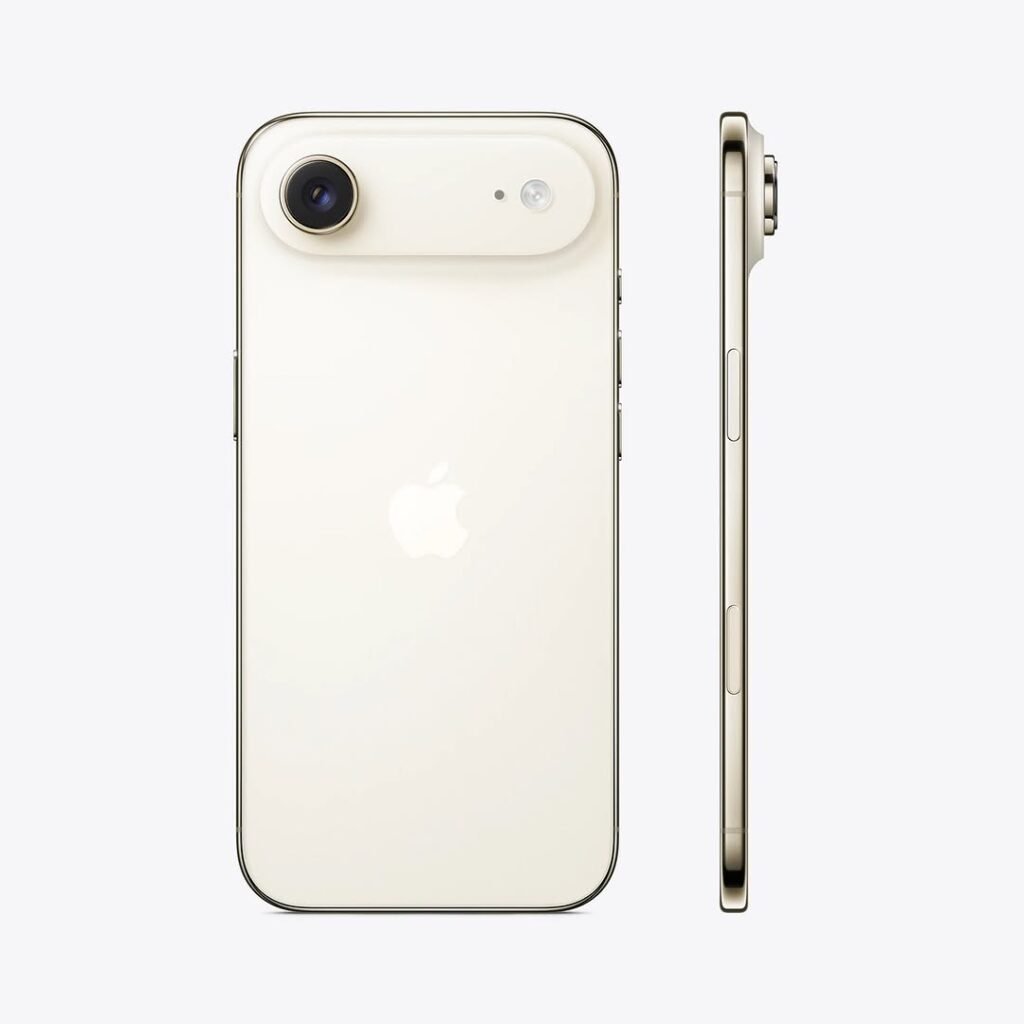
Powering the Future: A19 Pro with Built-in AI
Under the hood, the A19 Pro chip takes center stage. More than just raw power, this processor integrates built-in AI compute upgrades, making the iPhone Air smarter and faster across everyday tasks.
From predictive text to real-time photo editing and advanced Siri interactions, AI is baked into the device at a hardware level. This signals Apple’s deeper push into on-device intelligence—a clear play against Google’s Pixel line and Samsung’s AI-powered Galaxy phones.
Elite Connectivity: N1 Wireless + C1x Modem
Connectivity often goes overlooked in flashy presentations, but Apple’s addition of the N1 wireless chip and C1x modem changes the game. Users can expect faster data speeds, more stable connections, and future-ready wireless protocols.
For professionals, streamers, and gamers, this means smoother video calls, near-instant downloads, and consistent performance even in high-traffic environments. Apple is building the iPhone Air not just for today, but for the next generation of wireless ecosystems.
Battery Life That Defies Its Slim Profile
One of the biggest fears with thinner devices has always been battery life. Apple has made a point to address this directly:
50% charge in 30 minutes (fast-charging efficiency).
Up to 27 hours of video playback on a single charge.
This is a remarkable feat given the device’s slimness. With efficiency improvements in the A19 Pro and smarter power distribution, the iPhone Air seems designed to silence skeptics who equate thinness with compromise.
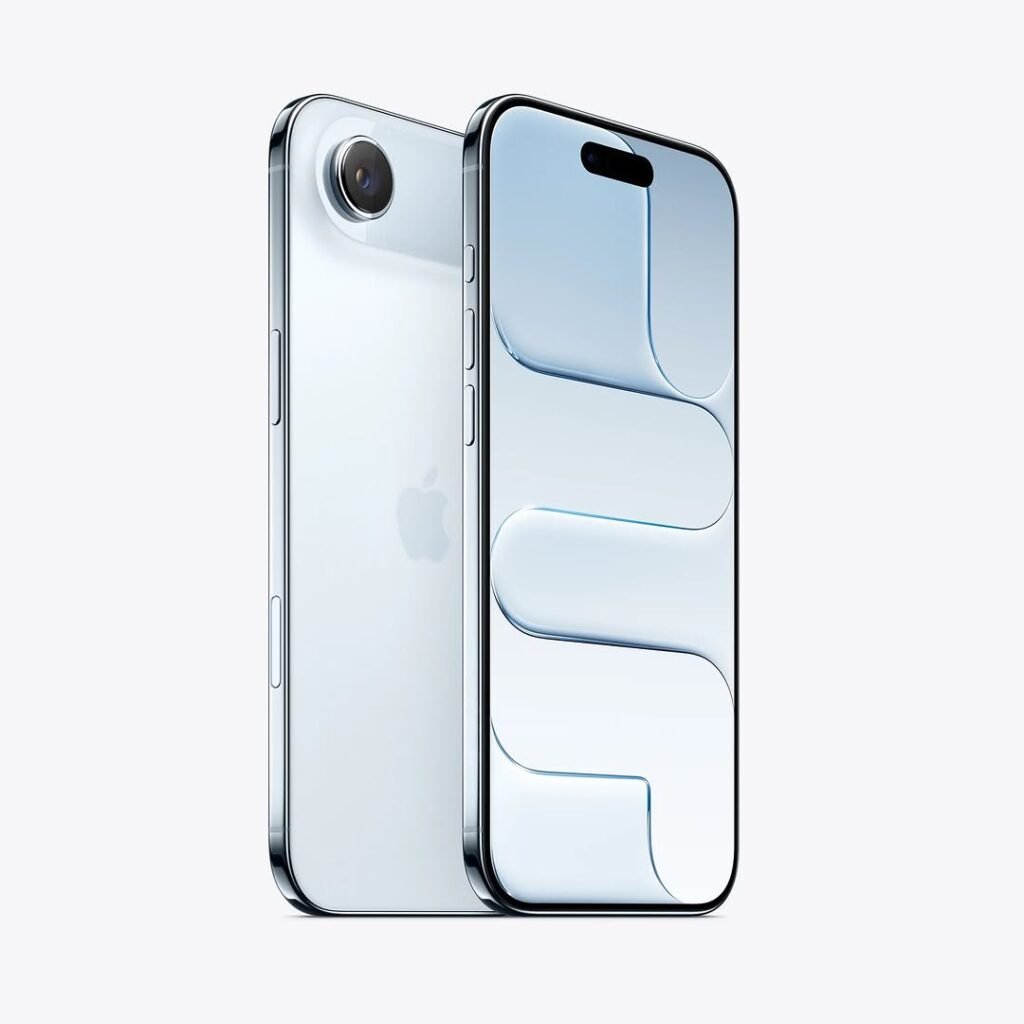
Business Lens: Pricing and Positioning
Starting at $999, the iPhone Air isn’t cheap—but that’s intentional. Apple is framing this device as its lightest, sleekest flagship, creating a halo effect around innovation and exclusivity.
This pricing strategy does two things:
It locks Apple’s loyal customer base into early adoption.
It positions the iPhone Air as a premium alternative to the standard iPhone lineup.
With pre-orders kicking off September 12, demand is expected to surge, particularly among Apple’s global fanbase that prioritizes design and cutting-edge features.
Comparisons: How Does It Stack Up?
Compared to the iPhone 17 Pro, the iPhone Air trades some Pro Max-level heft for portability and style. Against rivals like the Samsung Galaxy Z Fold and Google Pixel 9 Pro, Apple’s Air makes a different statement—it’s not about folding screens or gimmicks, but refined simplicity and everyday usability.
Apple’s gamble is clear: instead of chasing trends, it’s betting that consumers still value thinness, style, and seamless performance as the ultimate package.
Cultural Impact: The Apple Effect
Every major iPhone launch comes with cultural weight. Expect social media to be flooded with unboxing videos, influencer reactions, and comparison memes within hours of release. The phrase “the thinnest iPhone ever” is tailor-made for headlines and viral content, driving hype beyond the tech bubble.
Apple understands that owning the conversation is as important as owning the spec sheet. The iPhone Air is built to dominate both.
The Future Outlook
What does the iPhone Air mean for the future of smartphones?
Design Philosophy: Expect competitors to revisit thinness as a differentiator.
AI Integration: On-device intelligence will become the new battleground in mobile.
Ecosystem Growth: As part of Apple’s larger strategy, the iPhone Air reinforces the brand’s ability to innovate without compromise.
For consumers, this means a new benchmark for what a smartphone can be. For Apple, it’s a reaffirmation of its dominance in both design and market leadership.
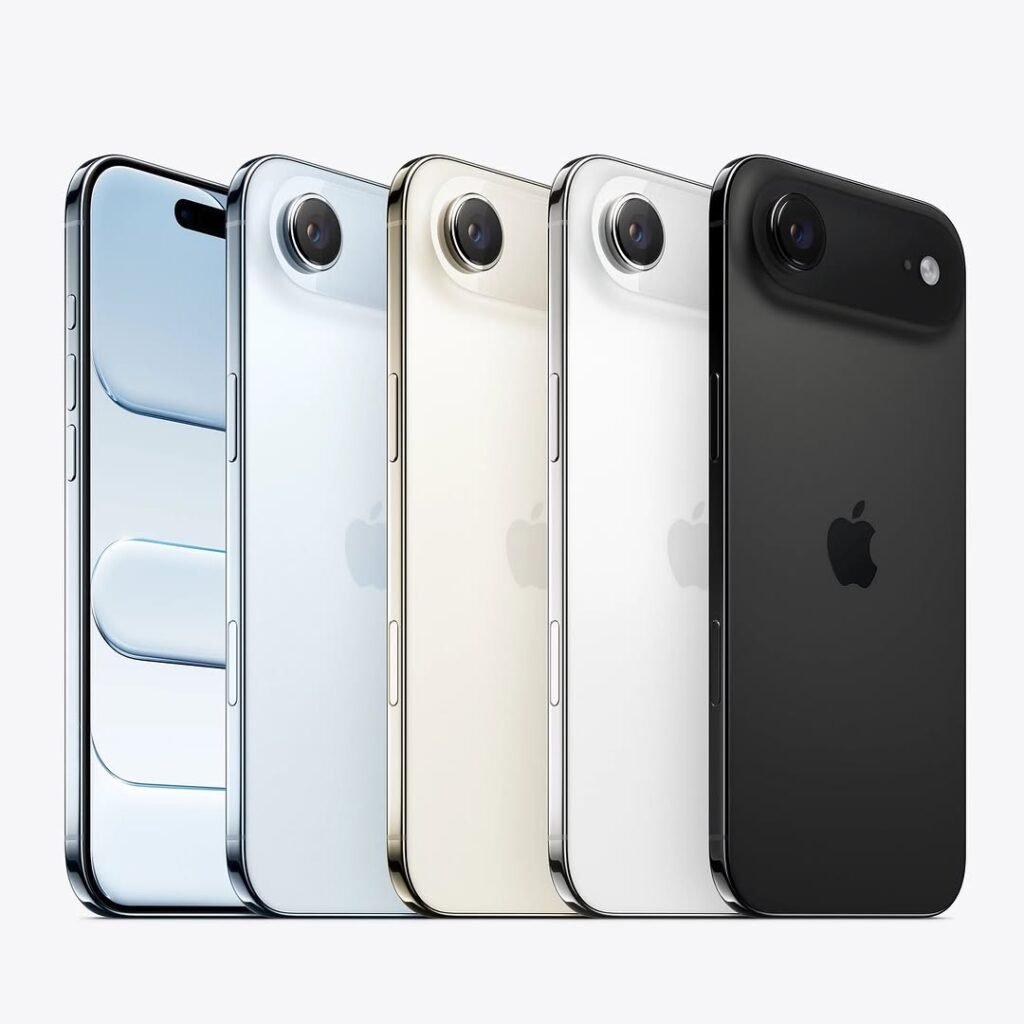
Final Take
The iPhone Air isn’t just a slimmer iPhone—it’s a statement of intent. Apple is signaling that design innovation and technical performance can coexist, and that thinness no longer means sacrifice.
With its titanium body, A19 Pro chip, AI-driven future, and impressive battery life, the iPhone Air feels less like a device upgrade and more like a vision of where Apple wants the smartphone industry to go.
For $999, it’s not just a purchase—it’s buying into the next chapter of Apple’s story.



